
Rope and Binder
From time immemorial, while still living in caves as a primitive and semi-wild man, man has realized the importance and efficiency of the rope. At first, he was able to make a rope by tying the fibers of the trees together that were used to carry hunting and so on. However, living next to water areas such as rivers and streams, he thought of using these waterways to facilitate and save time for the transportation of passengers and goods. Of course, the rope was also the first means of connecting trees, which came to the aid of early humans and thus became boats. With the construction of the first sailing boats and the use of ropes in controlling sails and their anchors, the role of this commodity in the maritime industry became wider.
Fibers and natural materials were used to weave the original ropes but with the construction of large sailing ships and voyages in the oceans and vast seas, seafaring expanded and humans realized that due to the effects of the sun's rays and the sea's salty water, not every fiber is suitable for marine work. Natural ropes were especially difficult to store in warehouses. Because on long voyages, it quickly moldy and rotted due to bacteria and moisture.
With the passage of time and the development of the maritime industry, the need for ropes which were once used only for touring, livestock and curb control, increased. With the beginning of the twentieth century and the widespread use of motor power in the movement of ships that made vessels unmanned by sailing, the development of merchant, passenger and military fleets not only did not reduce the importance and efficiency of marine ropes, but also increased them. So that sailors are still the only group that is well-versed in the techniques of using ropes, and reputable insurance companies such as Lloyd's apply special rules for the use and construction of ropes by construction companies when insuring vessels.
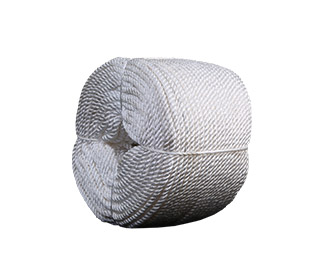 PP Multifilament Rope
PP Multifilament Rope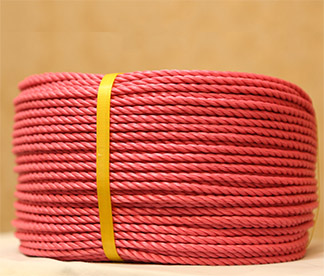 Polypropylene rope
Polypropylene rope Polyethylene rope
Polyethylene rope Plastic and polymer ropes
Plastic and polymer ropes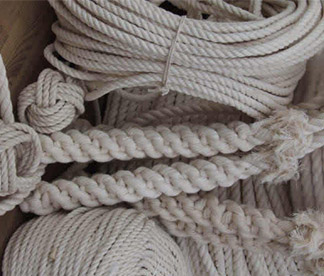 Cotton rope
Cotton rope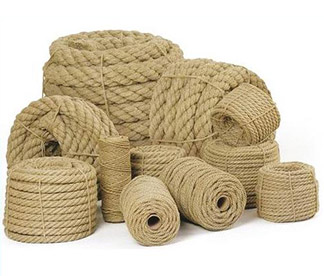 Hemp rope
Hemp rope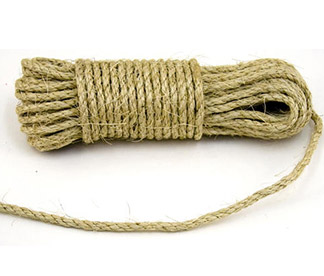 Sisal rope
Sisal rope Manila Rope
Manila Rope Binding thread
Binding thread  Binding thread
Binding thread